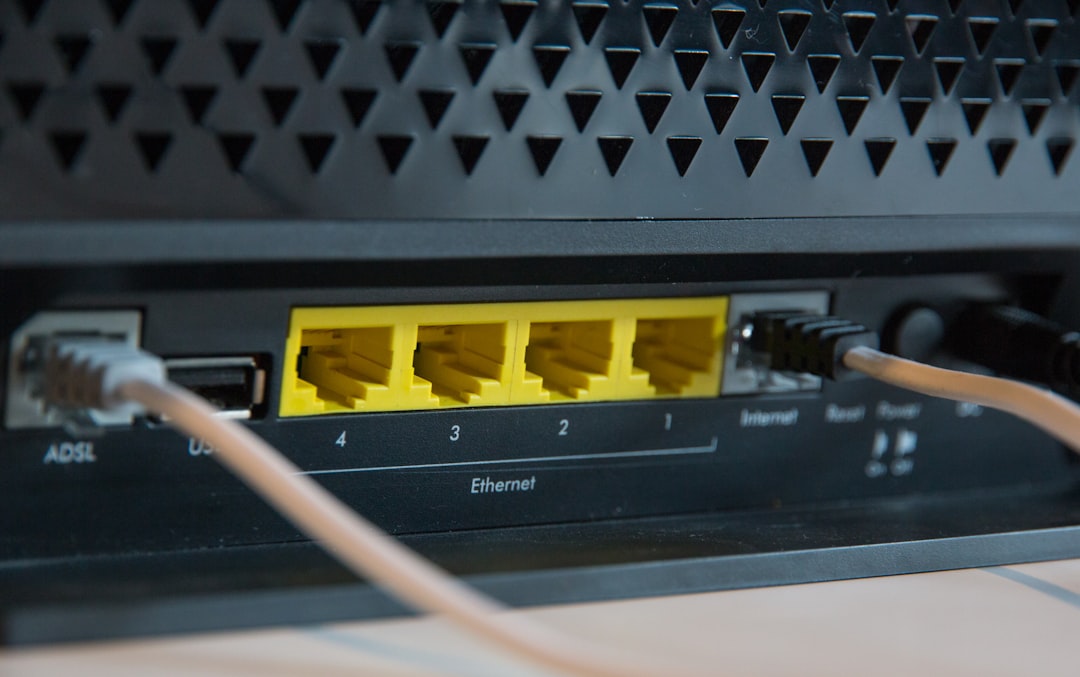Streaming videos has become a daily habit for millions of users worldwide, offering instant access to entertainment, education, and news. However, despite its convenience, video streaming can quickly consume large amounts of WiFi data, causing issues for households with limited internet plans or shared bandwidth. Understanding how to reduce WiFi data usage while streaming can help users enjoy content without facing buffering issues or unexpected data overages.
Understanding Why Video Streaming Uses So Much Data
One of the primary reasons video streaming consumes large amounts of data is the nature of video content. High-resolution videos — such as Full HD (1080p), 4K, and UHD — require significantly more data to stream than lower resolution formats. Additionally, different platforms use distinct encoding and compression standards, which also impact how data is used.
- 1 hour of 1080p streaming: Up to 3 GB of data
- 1 hour of 4K UHD streaming: Up to 7 GB or more
- 1 hour of 480p (SD) streaming: Approximately 700 MB
Given these numbers, it becomes crucial to learn how to manage and reduce data usage while still enjoying video content.
Tips to Reduce WiFi Data Usage While Streaming
1. Adjust Streaming Resolution
Most streaming platforms allow users to manually change the video quality. Lowering the resolution from 1080p to 720p or 480p can cut data usage by more than half. While there’s a trade-off in visual quality, the difference may not be noticeable on smaller screens like smartphones or tablets.
- YouTube: Click the settings gear icon and select a lower resolution
- Netflix: Go to playback settings in your account and choose standard or low quality
- Amazon Prime Video: Adjust video quality in the app settings
Make sure the app isn’t set to “Auto,” which can default to the highest quality depending on connection speed.
2. Enable Data Saver Modes
Many popular streaming platforms include a data saver mode or low data usage option. These modes typically reduce the video quality or compression rate to use less internet. For example, Netflix’s data saver mode consumes around 0.3 GB per hour, compared to 3 GB per hour in HD.
To enable this:
- Netflix: Navigate to “Playback Settings” and choose “Low” or “Medium”
- Disney+: Use the app settings to lower data usage under “Data Usage Management”
- Hulu: Toggle “Data Saver” in video playback settings
3. Download Videos for Offline Viewing
Streaming continuously over WiFi consumes more data compared to downloading your favorite shows and movies while connected to a more stable or unlimited network. Most platforms like Netflix, Prime Video, and Disney+ allow offline downloading with adjustable quality settings.
Choose the “Standard” or “Low” download quality, especially if space and data are a concern. This option is ideal for repeated viewing without repeated data usage.

4. Limit Background Streaming
Data usage can accumulate quickly if multiple devices in your household stream simultaneously. Streaming apps on smart TVs, tablets, and smartphones can run silently in the background without the user even noticing.
To avoid this:
- Make sure only one device is streaming at a time when bandwidth is limited
- Disable autoplay features on streaming services to prevent unwanted video streaming
- Manually stop a video if you’re stepping away or no longer watching
5. Use a Mobile Hotspot Wisely
If using a smartphone hotspot for internet access, it’s vital to conserve usage due to typically lower data caps. Be sure to reduce all device resolutions to 480p or lower and block background data use on devices connected to the hotspot.
You can also install browser extensions or apps that block ads and autoplay videos, which saves even more bandwidth when streaming via the web.
6. Understand Your Router Settings
Some advanced WiFi routers offer Quality of Service (QoS) settings. These settings allow users to prioritize certain types of internet traffic – such as video streaming – at lower speeds. While this won’t reduce data usage itself, it can help regulate bandwidth consumption so one device doesn’t use all the WiFi capacity.
Additionally, certain routers allow users to monitor and limit total data consumption for specific devices or applications.

7. Monitor Your Streaming Time
It’s easy to lose track of time while binge-watching a show. Setting streaming time limits — especially for children or teens — can help reduce excessive bandwidth consumption. Consider using screen time controls on devices or apps to monitor and control streaming durations.
You may also develop the habit of watching highlights or condensed content instead of full-length programs if managing data is a concern.
Tips for Specific Streaming Services
YouTube: Use “Data Saver” mode on mobile or manually set resolution to 480p for each video.
Netflix: Go to Account > Playback Settings, choose “Low” quality, and download rather than stream where possible.
Prime Video: Navigate to Streaming and Download Settings in the app to manually select video quality.
HBO Max: Currently offers fewer data-saving options but turning off autoplay and lowering resolution helps.
Disney+: Supports auto, medium, and low playback data settings in app preferences.
Final Thoughts
Reducing WiFi data usage while streaming videos doesn’t require sacrificing the joy of watching your favorite content. By managing resolution settings, limiting simultaneous streams, and taking advantage of offline viewing options, households can control bandwidth consumption more effectively. These simple tweaks not only save on data but also help improve overall streaming performance, avoiding unnecessary lags and buffering.
Frequently Asked Questions (FAQ)
-
Q: Does watching videos in 720p make a big difference compared to 1080p in terms of data usage?
A: Yes. Streaming in 720p uses significantly less data — about 1–1.5 GB per hour vs. 3 GB per hour for 1080p. On a small screen, the difference in quality is often negligible. -
Q: Can I set my default video quality to low on all devices?
A: While some apps allow default low settings, others require manual adjustment for each device or session. Check your app settings under Playback or Data Usage for options. -
Q: Is downloading videos better than streaming them?
A: Yes, downloading over a more stable or unlimited connection helps avoid repetitive streaming, especially when replaying the same content, leading to significant data savings. -
Q: How do I know how much data my streaming is using?
A: You can check data usage through your router’s dashboard or by installing data monitoring apps on your devices. Some streaming services also display usage stats in account settings. -
Q: Do smart TVs use more data than smartphones for streaming?
A: Smart TVs often default to higher resolutions like 1080p or 4K, consuming more data per hour than smartphones, which typically stream at lower resolution by default.
